This is the first post in a series on Business Process Management (BPM). Having worked as a business analyst and product manager in various companies ranging from middle-sized startups to big corporations, I have observed differences in approaches to business process management - from almost complete disregard to excessive attention. So, I decided to share my views on the topic, why I think BPM is important, especially when a company grows fast and switches from the startup stage to a grown company, and what approach I think might work for a company of average size without involving too much time and resources.

Product Management *
Learning how to manage a product
Listicles — a simple technique for benchmarking your value proposition against alternatives

I believe listicles have a huge potential for testing demand hypotheses. Have you tried using listicles for your demand validation? If so - let us know in the comments how this worked for you.
Do you know these "Top N something something" kind of articles? Like:
- 5 best GPS vehicle trackers
- The 14 hair growth products that actually work
- Top 10 Best CRM Software Tools in 2023
They are often referred to as "listicles" - articles presented in the form of a list.
I love them - they make picking a new phone, a movie to watch, an app to install much easier. I also use them at work all the time while looking for solutions to everyday challenges.
So what if we use one of them to benchmark our product against the best available alternatives?
Product Backlog Refinement: Expense or Investment?
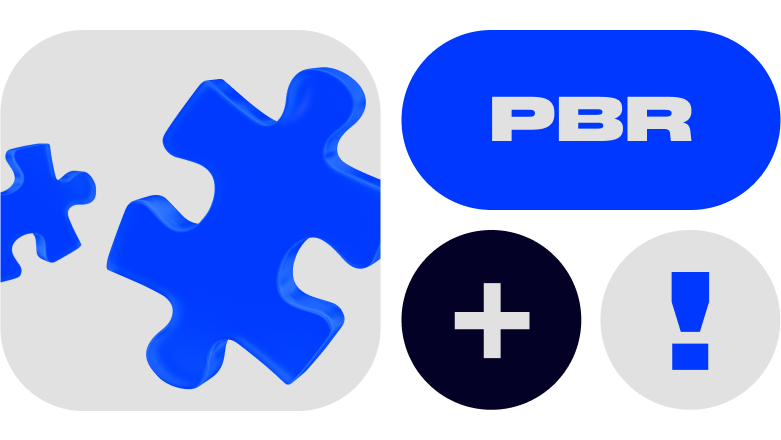
Product Backlog Refinement. Is it worth the effort or a simple waste of your team's time? Vladimir Zolotopupov, Head of Analytics for Innotech's Automation Department, shares his team's experience and describes how they handle the PBR process.
How to be an effective engineer?
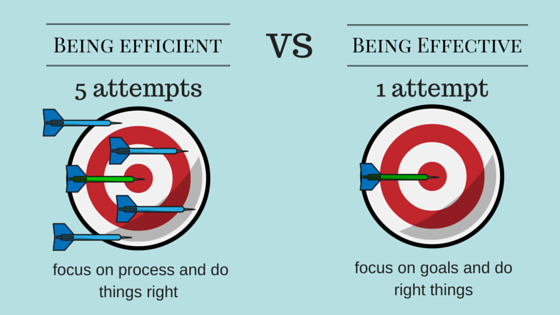
This question comes up for a lot of us as we trying to advance our career and reach new heights. At the moment when I was challenged by it, I came across a wonderful book by Edmond Lau "Effective Engineer".
As always going through the book, I write new thoughts down. And today I want to share the compilation of things that I have found useful from the book. This is by no means an ad for the book, but I think it has some really interesting approaches for us to explore together.
The Systems Engineering Methodology for Startups

Creating a product startup can be an exciting experience, but it can be a daunting one as well. On average, only 1 out of 10 startups is successful, according to the Global Startup Ecosystem Report. Therefore, to raise your prospects, there are quite a number of important considerations to make in advance.
Bearing in mind everything you need when launching a startup is a challenging task, so it’d be a sound idea to rely on some well-established methodology. That's why we were inspired by the Systems Engineering methodology, presented in such industry standards as ISO 15288 and CFR21. In this article, we’ll make a brief overview of this methodology and highlight how it can help entrepreneurs to encompass and structure the process of creating and developing a startup.
How to choose the appropriate level of statistical significance for an AB-test
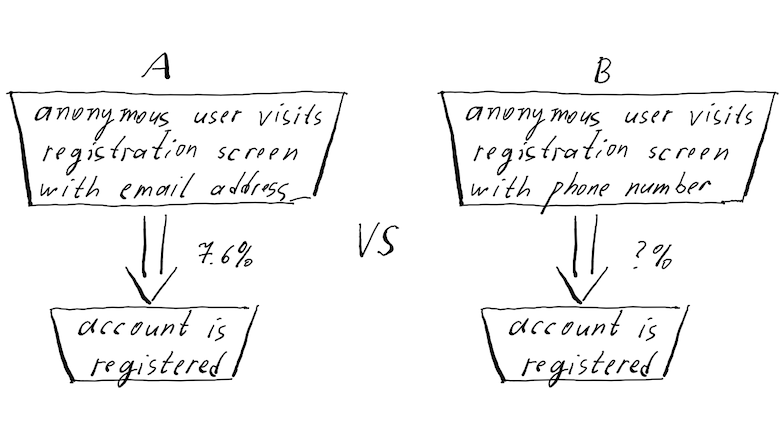
Nowadays a lot of product managers have to confirm most of their decisions with AB-tests. Yet, it is far not always clear how to choose the parameters for the test. A particularly difficult parameter to tune is often the level of statistical significance. If we choose too high level - tests will fail even though improvements do exist. If we choose too low level - we'll be getting lots of "confirmations" of false improvements.
When we make decisions based on AB-tests, once in a while we'll be making mistakes. We can limit the losses caused by such mistakes by choosing the appropriate level of statistical significance.
The true cost of free labour — and how startup founders can find their way around it

Starting a startup can be tricky. To make money, you need clients. To attract clients, you need a portfolio. To have an attractive portfolio, you need to… Well, you see where I’m going with this. A lot of founders offer their services for free to escape this cycle. However, there are plenty of issues with this approach. It’s certainly not the silver bullet it might seem. Here we are discussing this topic in detail.
Architecting Architecture: Makers and Takers
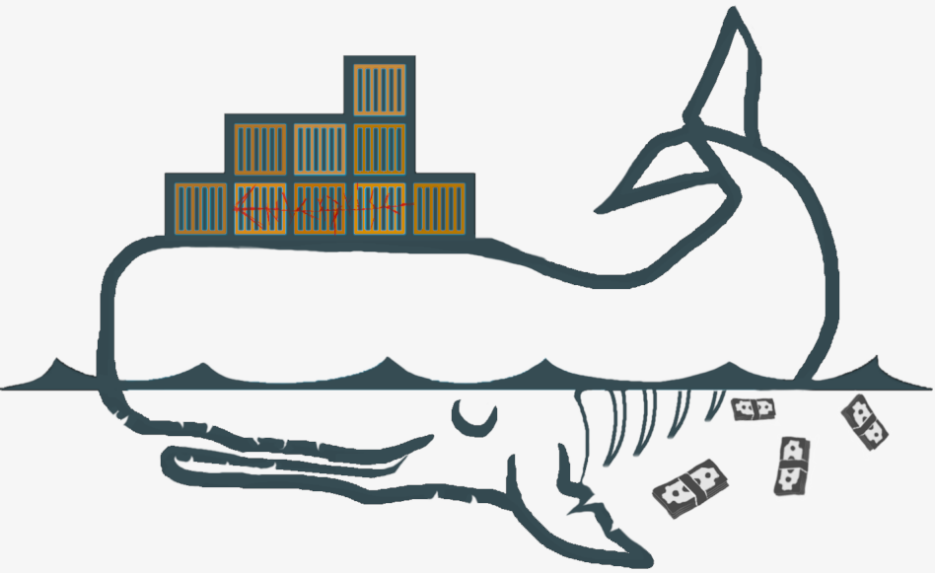
The step has been made. Not sure where to, but for sure from the point of no return. Keep calm and keep walking. It is about time to look around and understand the smelly and slippery route before you. And what are those noisy creatures swarming around our fishy “innovative” design we called Mandelbrot blueprint? You don't get a buzzing noise like that, just buzzing and buzzing, without its meaning something.
How to prepare for PMP exam in 60 days
PMP exam = your own project
To begin with, let’s clarify: you’re ready to work hard and to follow the plan. Otherwise, this journey will take you forever. The key here is to perceive the PMP exam as your personal project and manage it like you're managing projects for your clients. The difference here is that you are your client yourself; and you are the resource to release this project. What is more, you will need not only to plan this project, but to execute the plan yourself too. On one hand, it will add an additional challenge. On the other hand, it will make things even more exciting to get them done.
What do you need to launch this project? First of all, the input data. This is actually what you usually need to start a project. I’m talking about the key performance indicators that we consider while planning a project. They are time, scope and budget. Of course, funds are important. As you have decided to take the test and to pass the certification you should be aware of the process: how much the test costs, how much the course costs, and other relevant expenses. Therefore, let’s move directly to the time and scope.
Time
You have 60 days in order to get prepared for the PMP exam, and that is why you need to define how much time you are able to allocate to get prepared for the tests daily.
Yes, daily, because 60 days is quite an intense period. I know that for some people it takes six months or even a year to get prepared for this test. However, the less period of time you have, the more advantages you finally get.
Here is the thing, for the PMP there is no shortcut. It is quite a big volume of knowledge that you need to obtain in order to pass this test.
Fatal Fight: How we've got 5 million organic installs?

The story of Fatal Fight started in 2015. The time when going global and having 5 million downloads on Google Play Store seemed to be a dream of every game developer.
In this article, I will talk about the way we converted the dream into our actual reality. To make it super understandable, find a guide below where I will cover all the stages of development of Fatal Fight and even more.
Research
The idea of Fatal Fight hasn't just come from nowhere. Before understanding what game to develop, we needed to research what are the current gaps in the mobile games market. And, to come to this point, we took several steps.
First, we analyzed what are the most searchable mobile games in the Google Play Store. It turned out, the top 3 mobile games that users were looking for were the following:
- Puzzle Games
- Car Games
- Fighting Games
Here we narrowed down our research. We were playing most downloaded games from each category to figure out if those games meet users’ needs while trying to answer what kind of challenges they have with those games.
As a result, Puzzle and Car Games had a wide range of mobile games with pretty nice UI/UX design and other characteristics. However, during the testing of the fighting games, the picture was quite different.
We were surprised by the fact that we could not find any proper games with satisfactory features. And I believe, not only we but also the dozens of users who were craving for favorable experience while playing a fighting game.
While asking ourselves the question “Why?” we found out that the main reason was the gameplay. The interaction between users and the games was complex. It was not comfortable to manage punching, kicking, jumping and other possible moves separately or even all at once on a smartphone.
Why it's important to allow developers to solve the problem instead of giving them implementation tasks

In his book «INSPIRED: How to Create Tech Products Customers Love,» Marty Cagan mentioned that successful teams put the following principles at the forefront when working with feature stories:
- Risks are analyzed in advance, not at the end.
- Products are defined and designed collaboratively, not sequentially.
- The team works on solving the problem, not on implementation.
The first two are more or less clear. Any well-educated manager knows that risks should be identified and assessed in the upfront. Besides that, many modern teams work or try to behave themselves on Agile's principles. But there are not so many companies in the world that follow the third principle.
Let us see what we can do.
Static Analysis: From Getting Started to Integration

Static Analysis: baseline VS diff
The purpose of this article is not to help with integration but rather to elaborate on the technicalities of the process: the exact implementations of warning suppression mechanisms and pros and cons of each approach.

How to introduce a static code analyzer in a legacy project and not to discourage the team
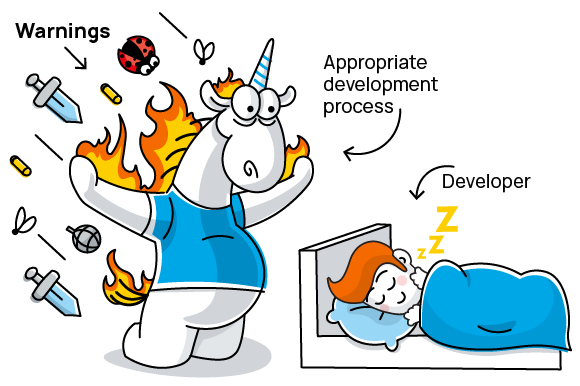
It is easy to try a static code analyzer. But it requires skills to introduce it in the development of an old large project. If the approach is incorrect, the analyzer can add work, slow down development, and demotivate the team. Let's briefly discuss how to properly integrate static analysis into the development process and start using it as part of CI/CD.
Top 5 Localization Trends in 2020
Did you know that 72.1% of Internet users prefer to dwell on websites translated in their native language? That’s a lot of people.
But that’s fine. You see, with today’s technologies you can translate your text into any language you choose. “Okay, so what?” — well, people who browse products described in their native tongue tend to trust those seller companies more.
So, by localizing your content, you can tremendously increase the number of your clients, sales, and, of course, grow your business. And the truth is that the localization industry is also evolving along with other digital businesses.
To prove it, we at Alconost have researched and listed the top 5 localization trends you can take advantage of in 2020. Let’s dive in!
How to Wrap Up a Software Development Project the Right Way
A good rule of thumb in software development is that your next software project should always be better than your last. Why? Because the lessons you learn and take away from each project should be continuously documented and applied in future projects.
In the words of Rachel Green, every good project should end with closure.

Follow this quick and easy 6-step guide to ensure that you wrap up your software project efficiently and effectively.
6 Steps for Successfully Wrapping up a Software Development Project
1. Document future needs
How to Plan a Winning Product Strategy
How do we know when a product is solving a significant problem in a growing market? Do we need to build a brand and defend it with barriers against competitors? Read further in this article.

Notes on Des Traynor’s talk from Web Summit on developing a product strategy based on his experience at Intercom. The original article has been written by Vit Myshlaev and translated by Alconost.
How do you know when you’re really solving a significant problem?

If you can’t answer in the affirmative to the below three questions regarding your product, it makes no sense to move forward:
- It is viable. Can it make money?
- It is feasible. Can it be done?
- It is desirable. Does anyone want it?
How to Prepare a Game for Localization? 10 Basic Rules
Should you act first and think later, or vice versa? Knowing these little tricks when designing your game could save you a fortune.
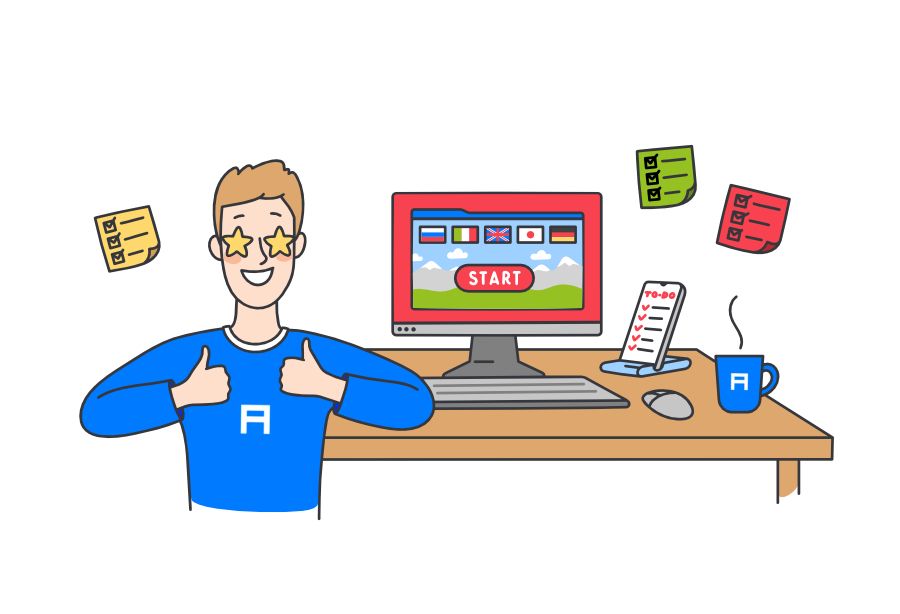
We’ve written this article as a tribute to numerous questions from our clients.
What’s wrong with my game? Why isn’t localization enough? How can we fix it?
Cutting corners when bootstrapping a new game is a widely-used strategy. And it might even be an efficient one, as long as you aren’t planning to grow incrementally.
However, shortly after the long-awaited local release is in the bag, most game developers start thinking about how to attract more international gamers. And sooner or later, after taking a crack at promoting their game in more countries, they come up with several ideas for localization.
How Ecommerce Fueled By the Pillars of AI Technology

At present, we see artificial intelligence is implemented across the corridors of business operations and also the way we shop and trade online. To hit a home run in the retail game, genius AI applications, PIM solutions, and e-commerce development tools are now offering smart solutions: predictive analysis, recommendation engines, inventory management, and warehouse automation to create a more profitable shopping experience for consumers.
Now more than ever, e-commerce is an AI innovation game
Artificial Intelligence often sometimes seems complicated to newbies but in reality, it is simple in use and gives you the ability to predict customer needs. This paves the way for e-commerce companies to become a “big brand” or “big business” with revolutionary AI tools.
Now that AI algorithms making way for consumer acceptance of AI like never before, how can you use it to create more profitable outcomes in e-commerce?
Interesting E-commerce Stats:
With an estimated global population of 7.7 billion, 25 percent of people shopping through e-commerce stores. According to Statista, 52% of e-commerce stores will have omnichannel capabilities by 2020 which means they can communicate and sell with their consumers via multiple channels. For example, they can use their e-commerce website, Facebook e-shop, email account, and Instagram account.
Examples of AI tools and PIM software for e-commerce businesses that can help them have a high bar on customer service and marketing:
Authors' contribution
nmivan 984.0myoffice_ru 916.8m1rko 612.8EgorKotkin 552.0Milfgard 474.0MaxRokatansky 454.4its_capitan 445.0ru_vds 429.9alconost 400.8peterzh 388.0

